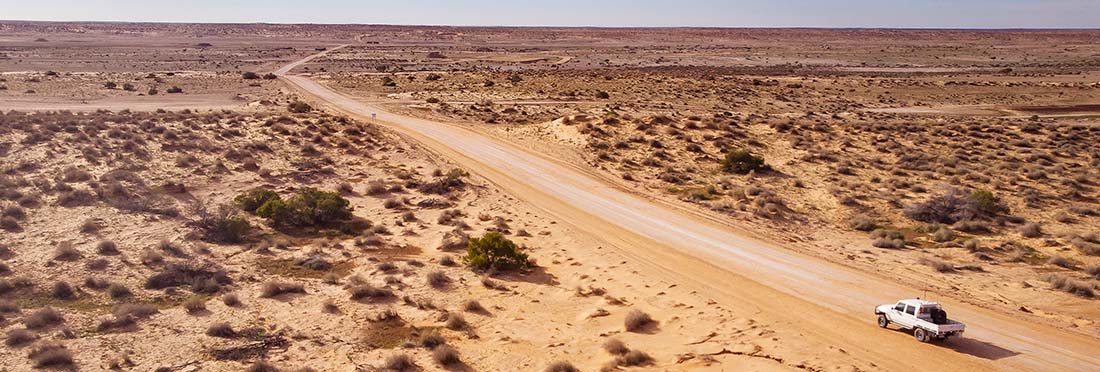Aboriginal road safety
Aboriginal people are over-represented in road crashes which result in lives lost or serious injury.
Road trauma continues to have a significant effect on the wellbeing and socio-economic status of Aboriginal people, families, communities and culture.
Concerted effort is required to increase our knowledge of Aboriginal people, their communities and culture to create relevant and responsive actions to improve the safety of Aboriginal road users in South Australia.
Acknowledging and understanding the legacies of past government policies and their impact on Aboriginal South Australians today, is integral to how we address contemporary road safety issues into the future. A sustained reduction in the numbers of road related serious injuries and lives lost will only be achieved where the systemic and institutional barriers experienced by Aboriginal people are identified and addressed by government within this context.
In the context of road safety, barriers to attaining a driver’s licence and maintaining a licence, high risk driver behaviour, limited provision and availability of road safety education, road conditions in regional and remote areas, older vehicles, delayed access to medical services in remote areas, roadside hazards, fewer transport options and the need to travel longer distances on higher speed or unsealed roads may all contribute to reduced road safety outcomes.
Not using a seatbelt or child restraint, overcrowding of vehicles, limited access to road safety education and influences from family and passengers to undertake risky behaviours whilst travelling have been found to contribute to road trauma for Aboriginal people. Some offences attract significant penalties, which can contribute to an over-representation of Aboriginal people in contact with the criminal justice system.21, 22
Contact with the criminal justice system impacts the social and emotional wellbeing of the individuals, families and their communities and adds to disadvantages already effecting Aboriginal people.

There are opportunities for improved service delivery and improved interaction between government and Aboriginal people by progressing our knowledge and understanding of culture. This will result in a more collaborative approach with increased engagement and relationship building interactions with the licensing and vehicle registration system, driver licensing programs, road network improvements and road safety education and knowledge.
Systematically increasing the numbers of Aboriginal people who obtain, as well as retain, their driver’s licence helps to improve road safety as well as improving economic and social outcomes and reducing criminal justice system over-representation.
Challenges arise from the lack of Aboriginal specific road safety data in South Australia, making it difficult to identify the proportion of Aboriginal people involved in road crashes.
An example of what we are already doing
‘On the Right Track Remote’ uses a ‘human centric’ approach to assist Aboriginal people who live in the APY and MT Lands to improve the culture of safety and driver licensing outcomes for Aboriginal people living in remote communities. Prior to ‘On the Right Track Remote’ commencing in February 2015, only 17% of age eligible Aboriginal people living in the APY lands held a driver’s licence (of any type), compared with 89% of the general SA population. As at March 2021, this has increased to 49%.
Key strategies to improve road safety for Aboriginal people to enhance, sustain and initiate programs/policy
- Closing the gap in licensing outcomes between Aboriginal and non-Aboriginal South Australians;
- Collaborating and partnering with Aboriginal communities and Aboriginal Community Controlled Organisations to develop and deliver culturally sound, community led strategies that meet the needs of the people involved;
- Measures to improve access to driver training for Aboriginal people;
- Explore and address practical barriers to child restraint use;
- Areas of attention will include research, community engagement and collaboration to address the over representation of Aboriginal road users in road trauma as well as incarcerated due to road traffic offences;
- Improve data collection and analysis relating specifically to Aboriginal road safety; and
- Review road safety programs to identify improvements to meet the needs of Aboriginal people.

